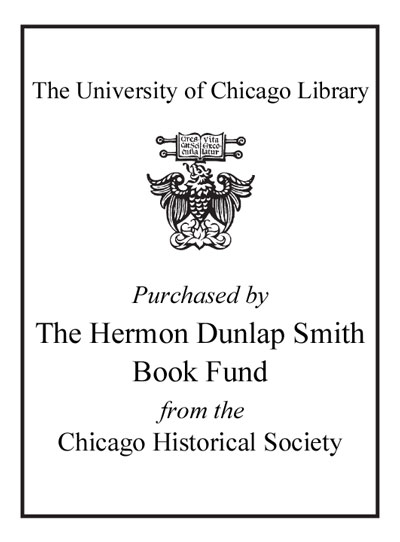| Summary: | "Explores five hundred years of the social, political, and religious life of the Mixtec town of Santo Domingo Yanhuitlan, in the state of Oaxaca as narrated through the prism of its church, the former mission, and artistic heritage"--Provided by publisher.
"Through years of fieldwork in the state of Oaxaca, Mexico, art historian and archaeologist Alessia Frassani formulated a compelling question: How did Mesoamerican society maintain its distinctive cultural heritage despite colonization by the Spanish? In Building Yanhuitlan, she focuses on an imposing structure--a sixteenth-century Dominican monastery complex in the village of Yanhuitlan. For centuries, the buildings have served a central role in the village landscape and the lives of its people. Ostensibly, there is nothing indigenous about the complex or the artwork inside. So how does such a place fit within the Mixteca, where Frassani acknowledges a continuity of indigenous culture in the towns, plazas, markets, churches, and rural surroundings? To understand the monastery complex--and Mesoamerican cultural heritage in the wake of conquest--Frassani calls for a shifting definition of indigenous identity, one that acknowledges the ways indigenous peoples actively took part in the development of post-conquest Mesoamerican culture. Frassani relates the history of Yanhuitlan by examining the rich store of art and architecture in the town's church and convent, bolstering her account with more than 100 color and black-and-white illustrations. She presents the first two centuries of the church complex's construction works, maintenance, and decorations as the product of cultural, political, and economic negotiation between Mixtec caciques, Spanish encomenderos, and Dominican friars. The author then ties the village's present-day religious celebrations to the colonial past, and traces the cult of specific images through these celebrations' history. Cultural artifacts, Frassani demonstrates, do not need pre-Hispanic origins to be considered genuinely Mesoamerican--the processes attached to their appropriation are more meaningful than their having any pre-Hispanic past. Based on original and unpublished documents and punctuated with stunning photography, Building Yanhuitlan combines archival and ethnographic work with visual analysis to make an innovative statement regarding artistic forms and to tell the story of a remarkable community"--Provided by publisher.
|
|---|

